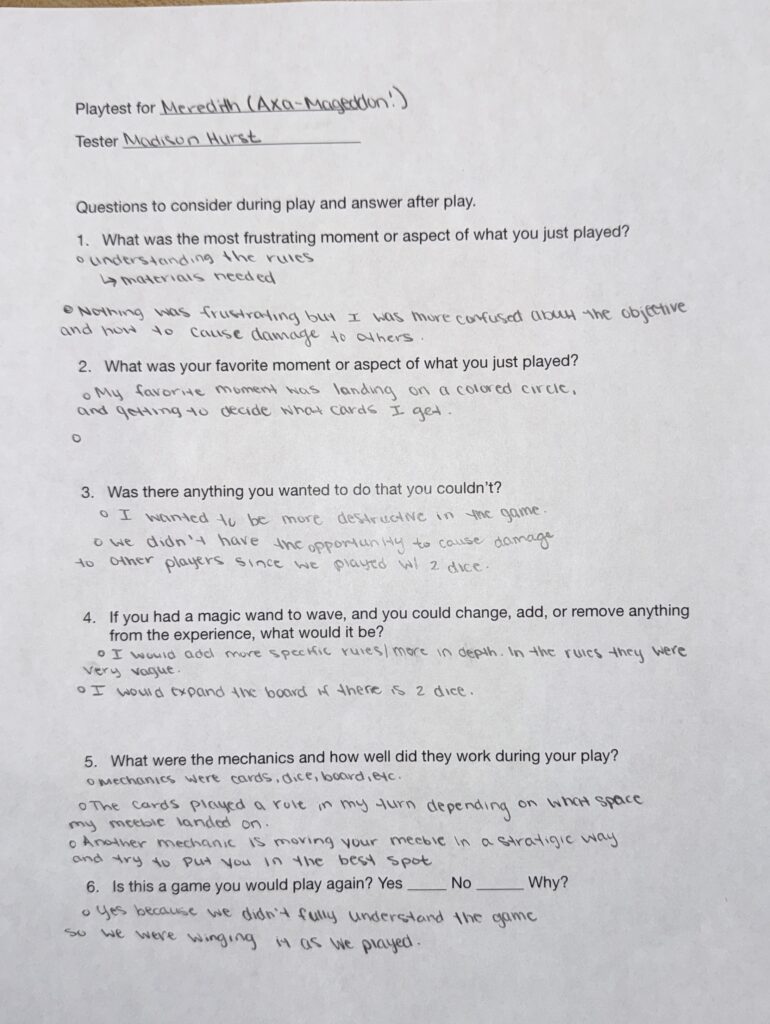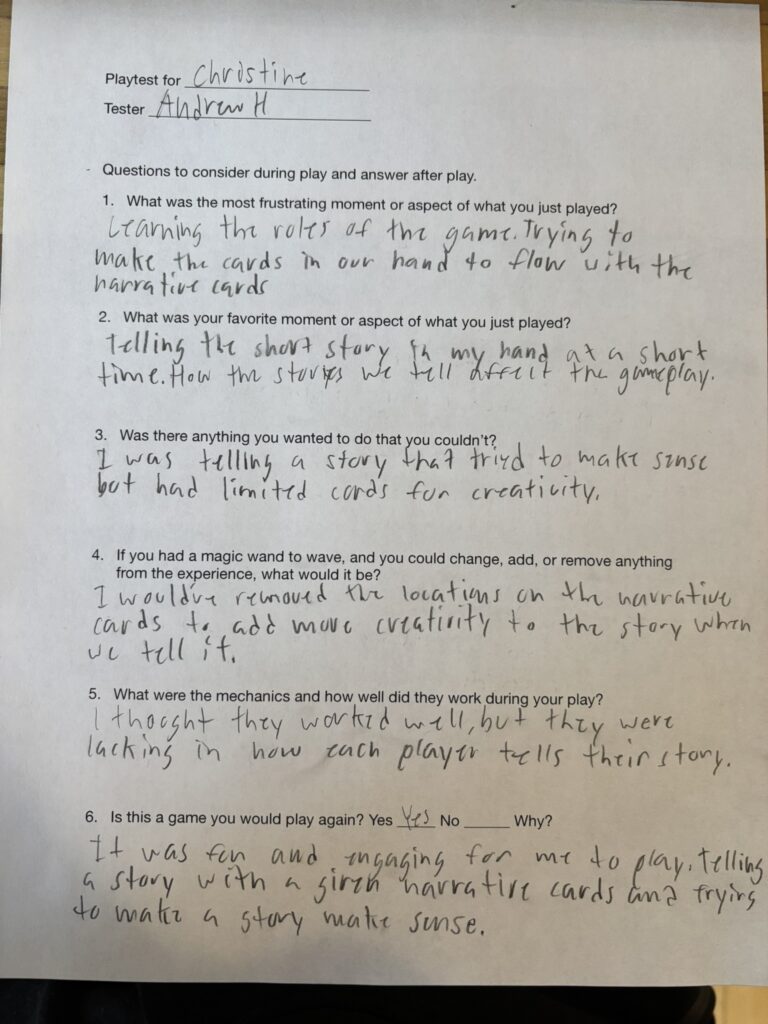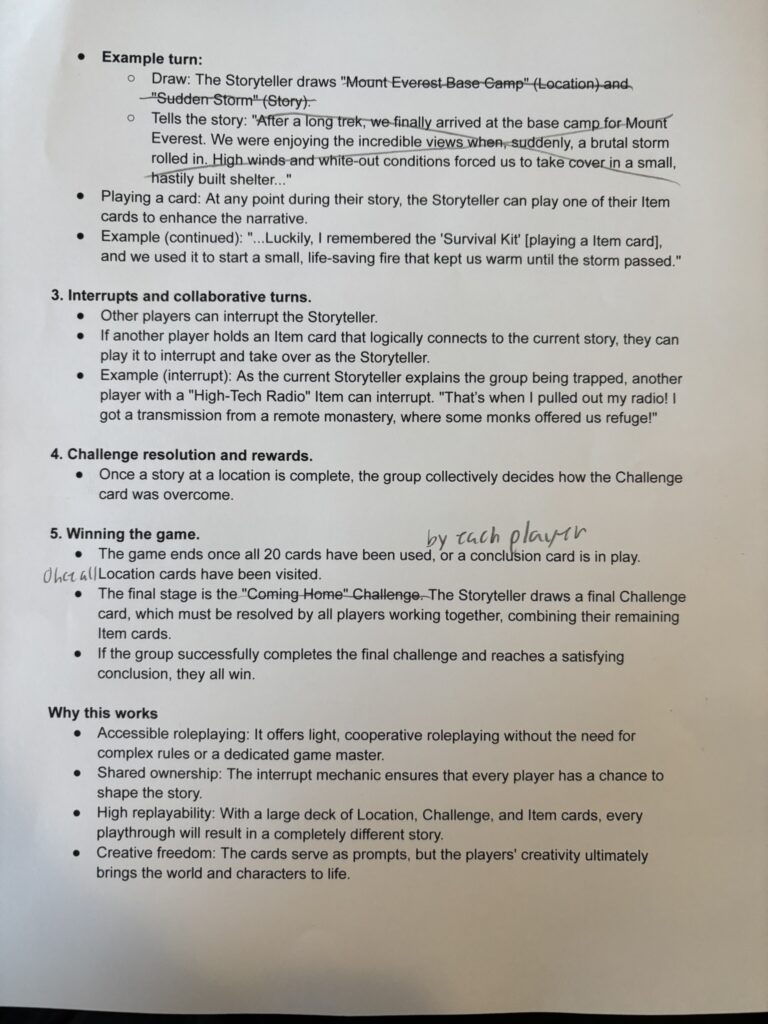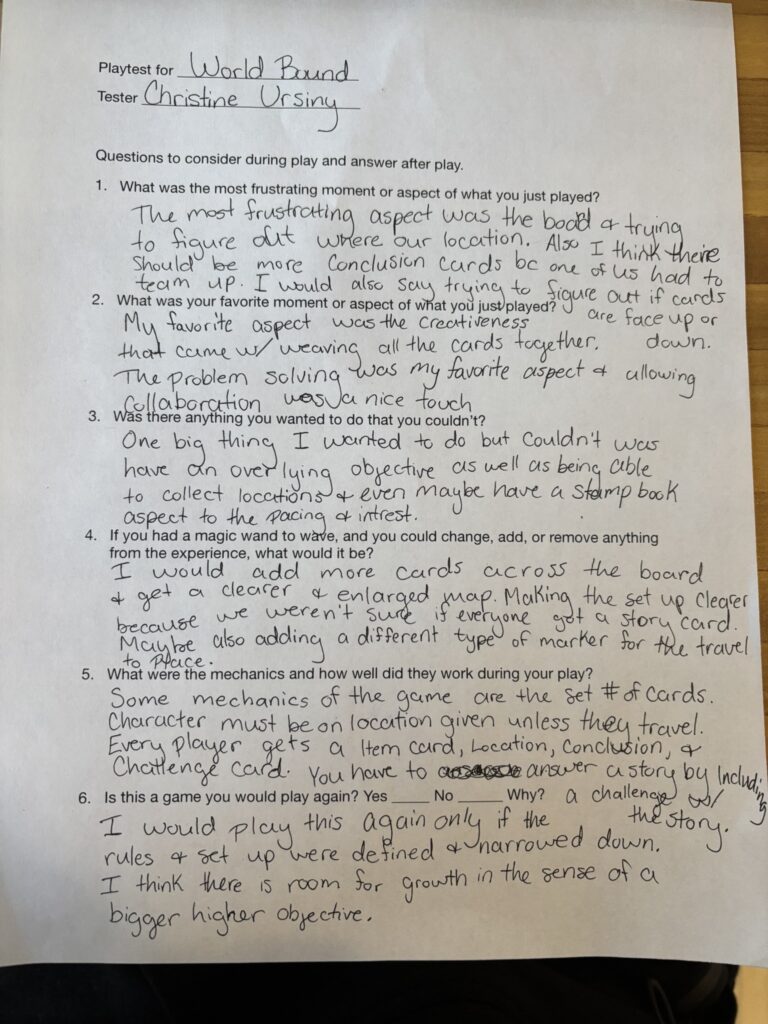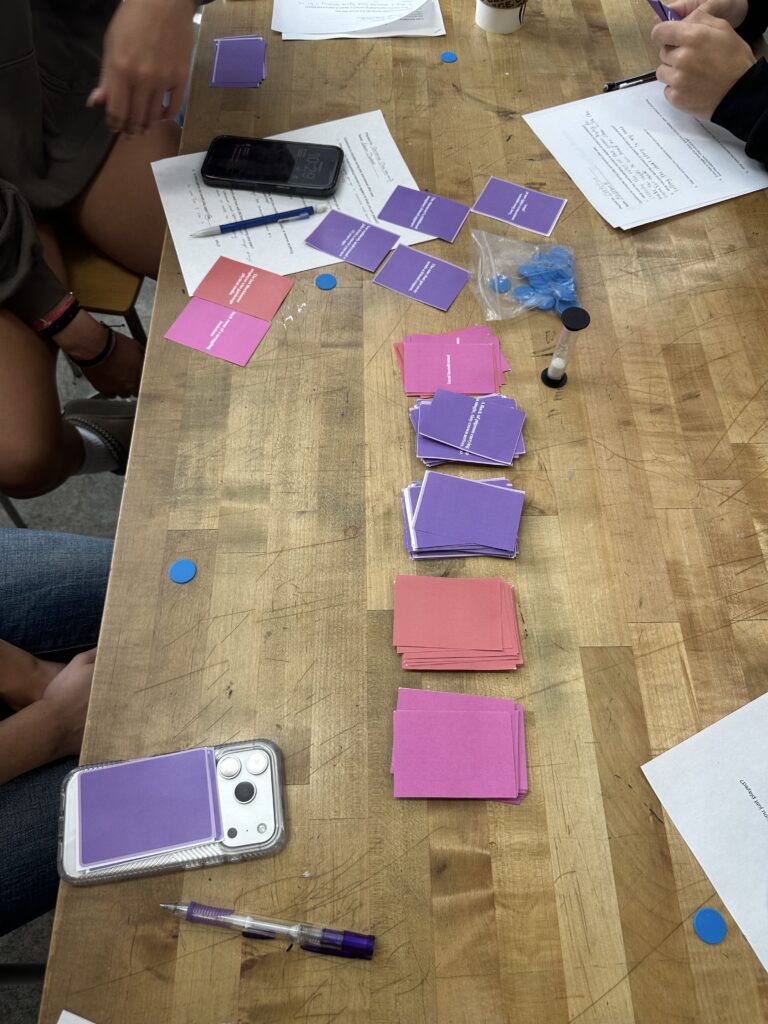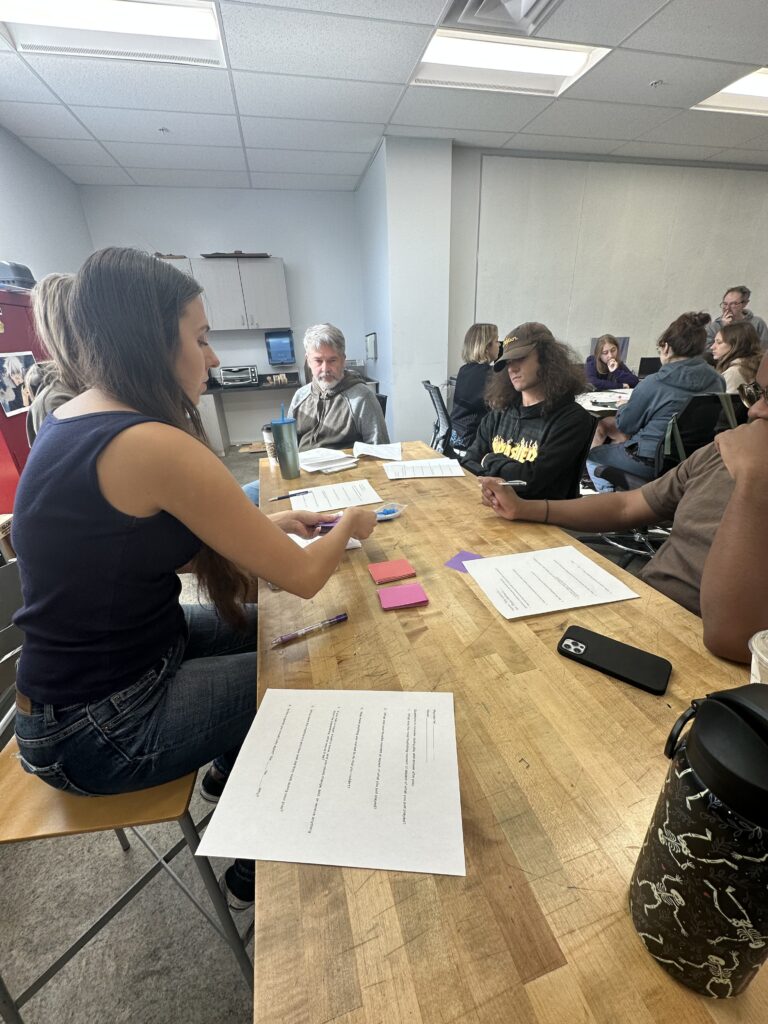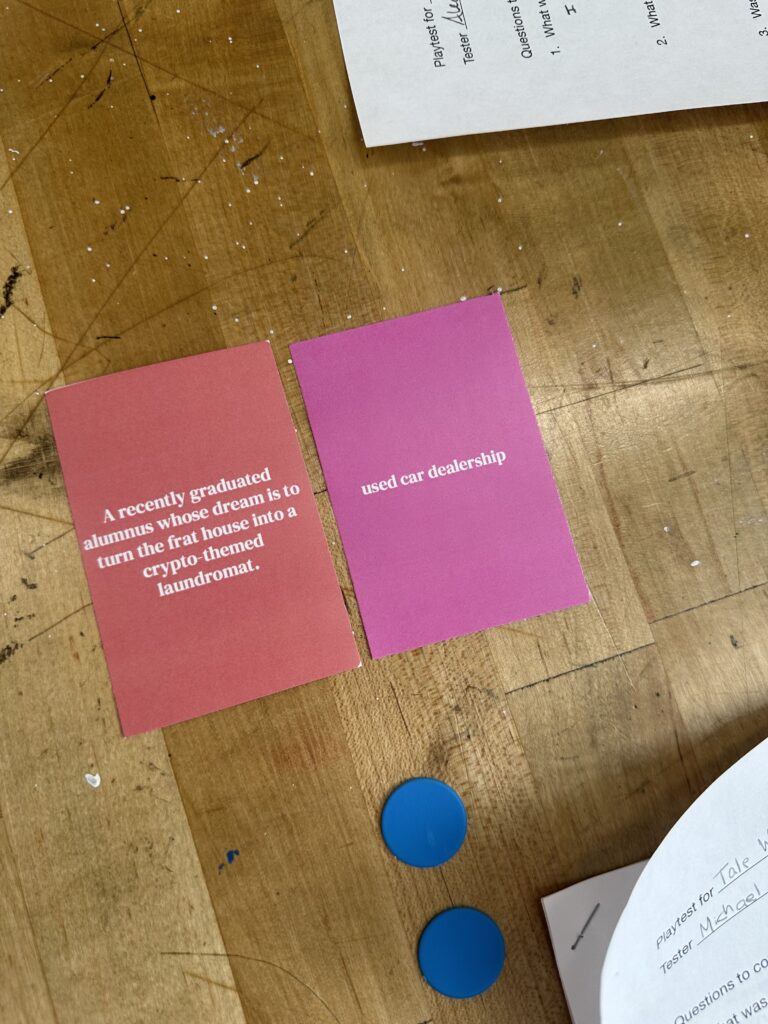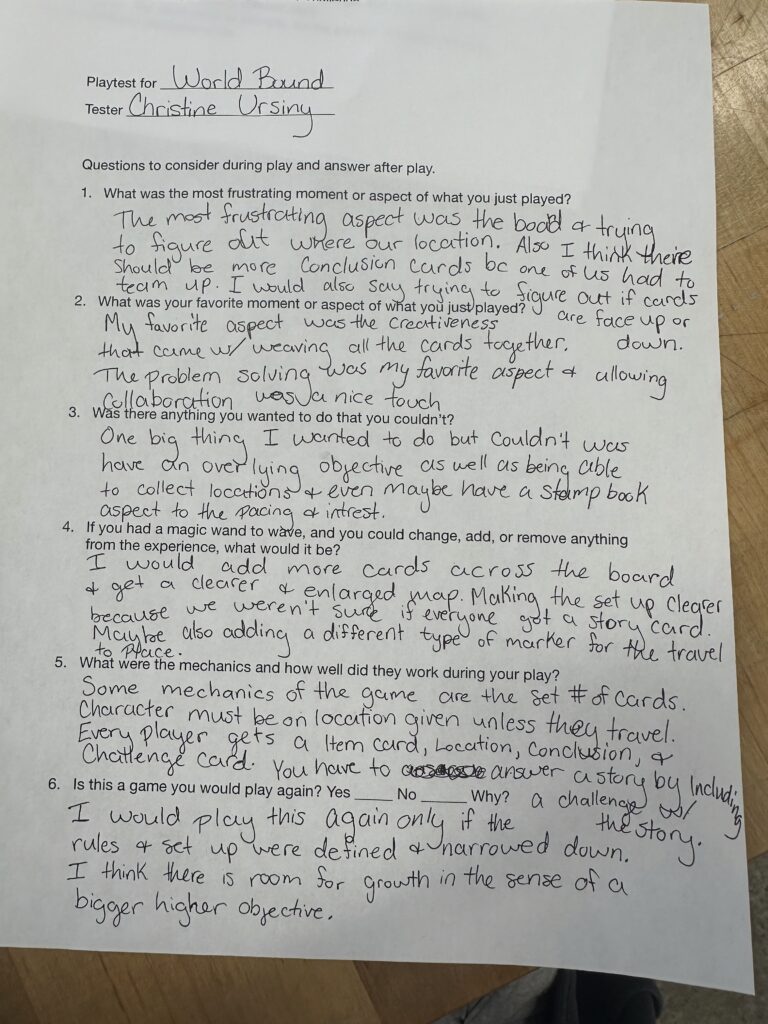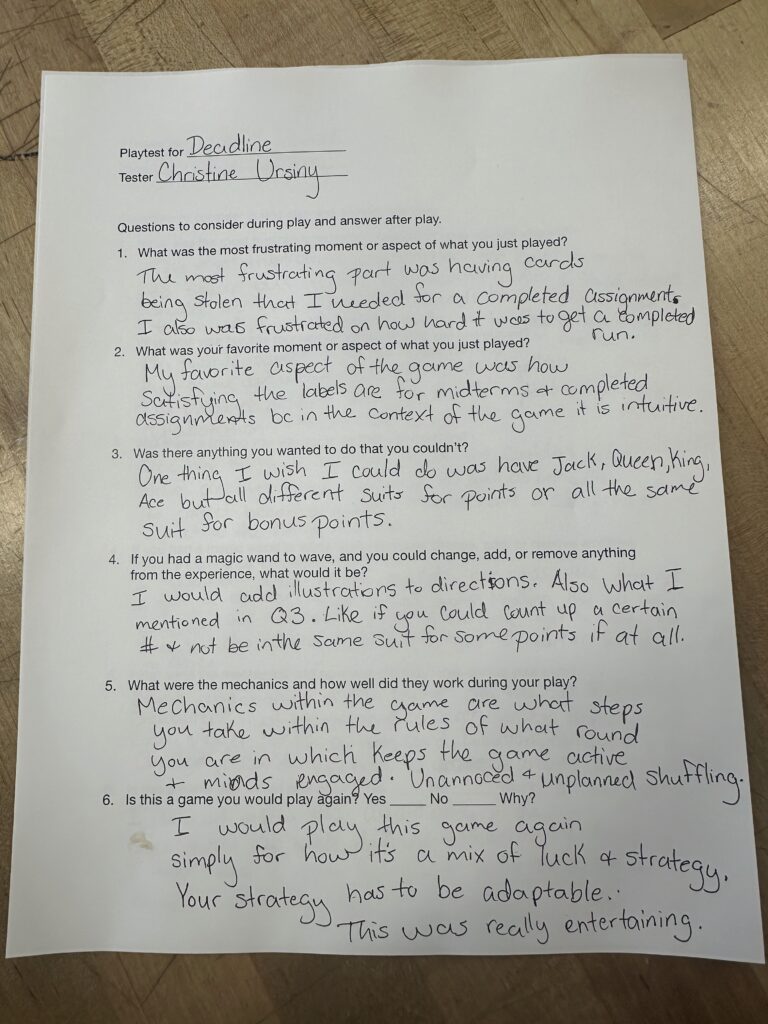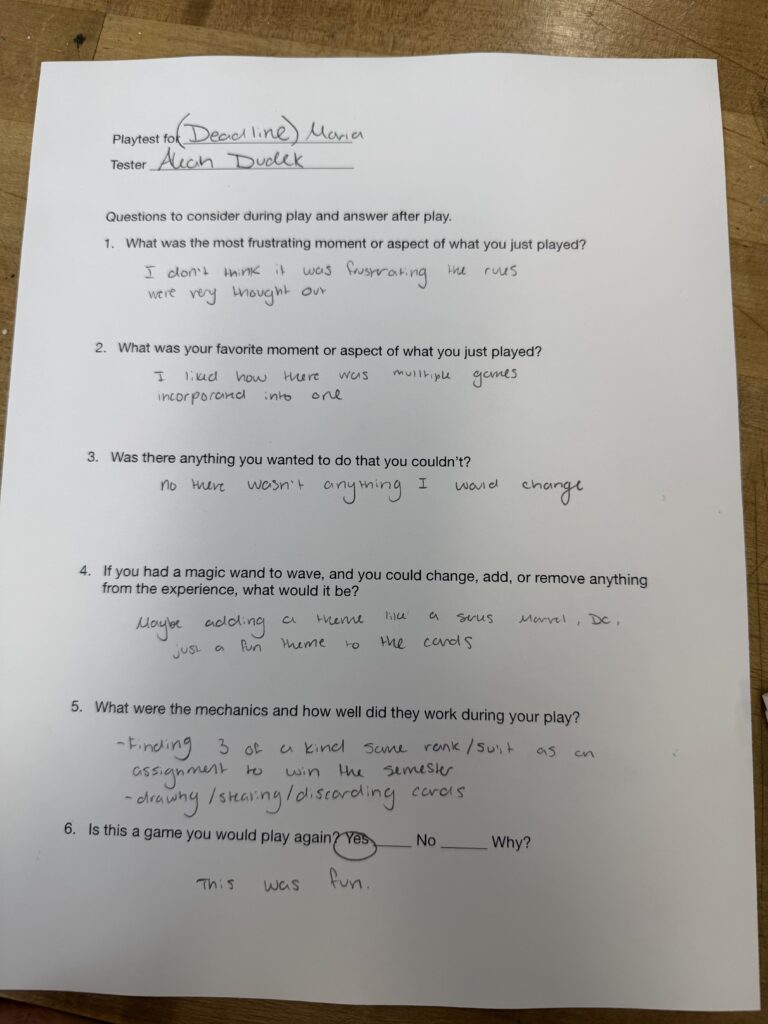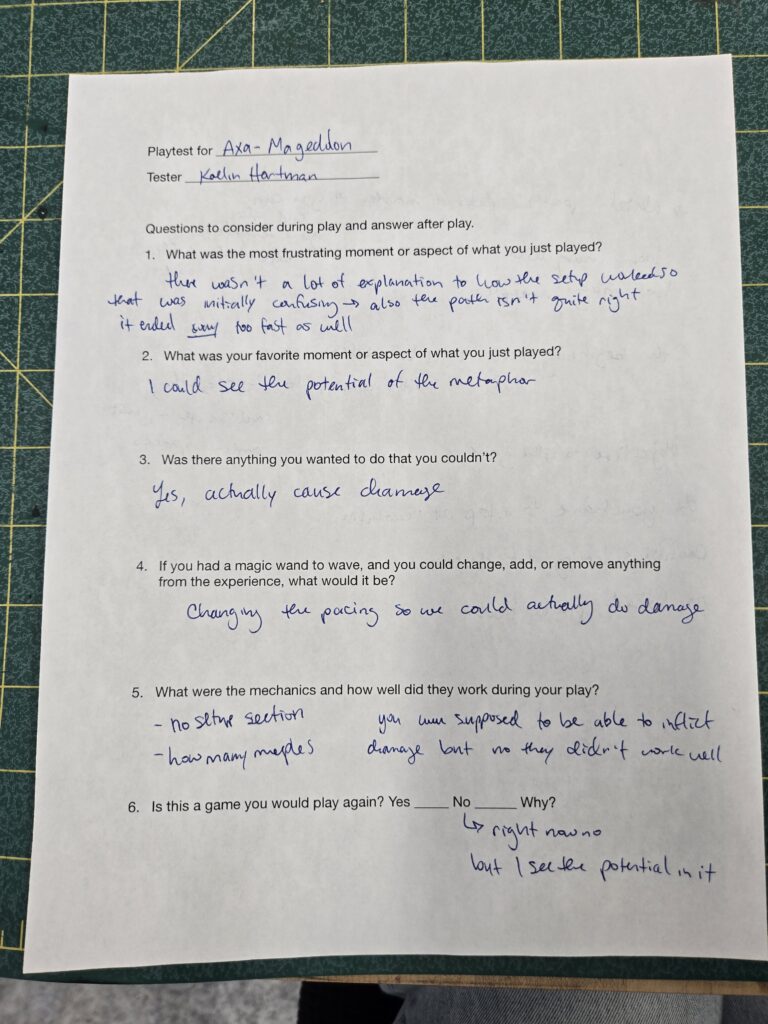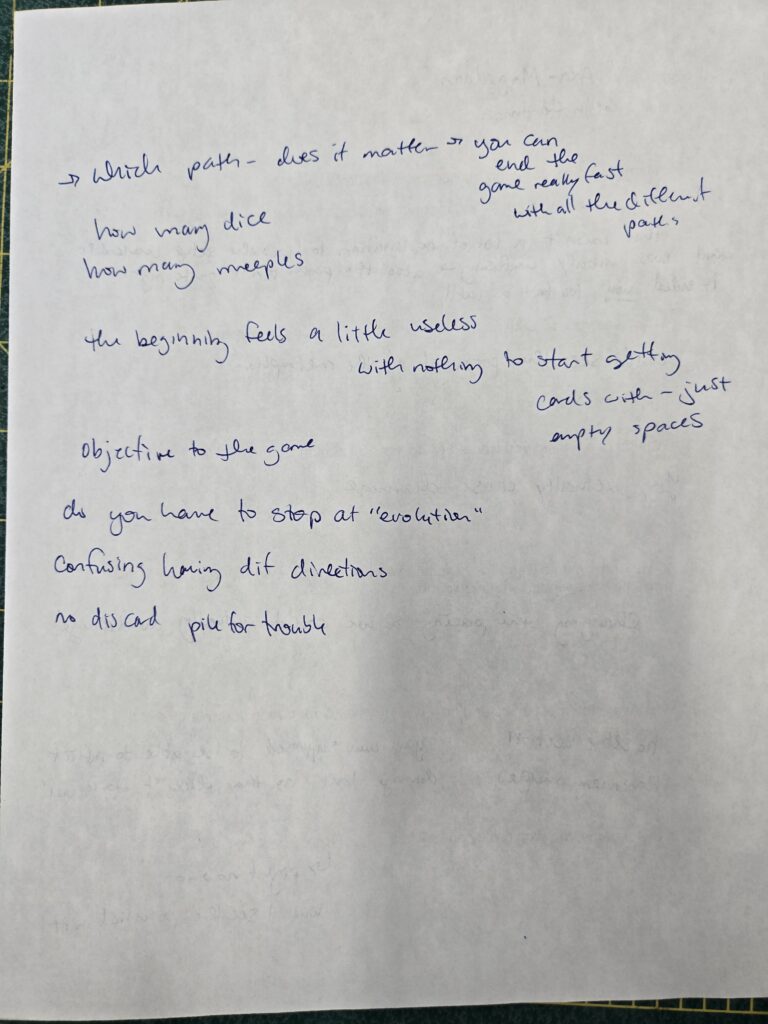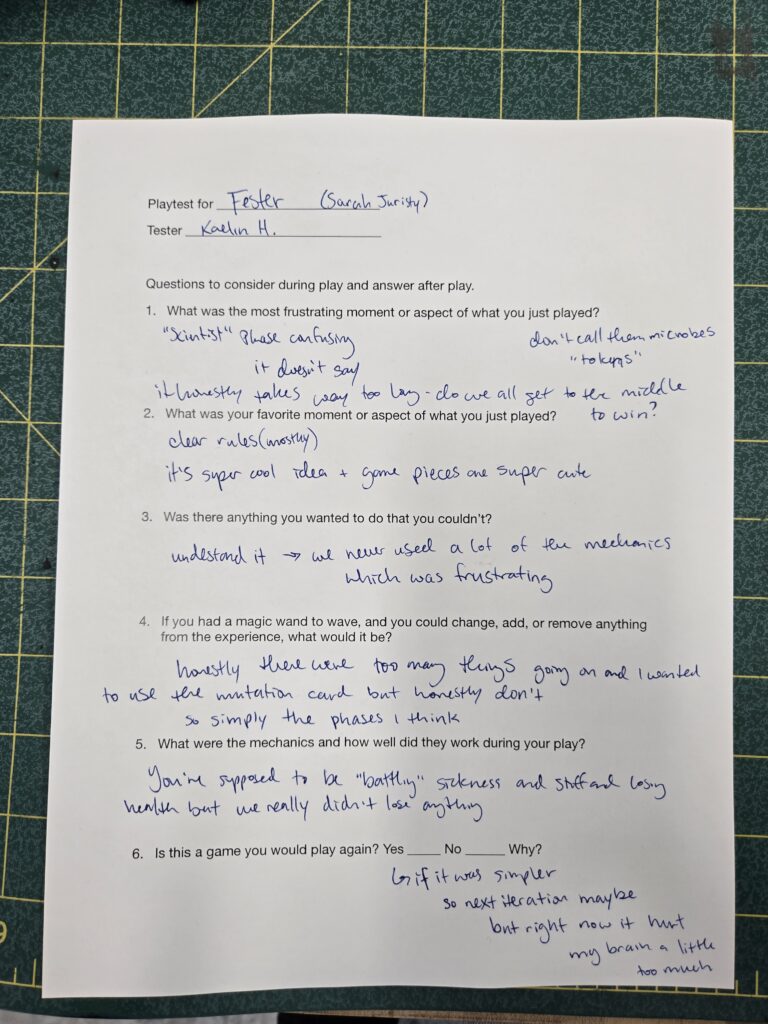Game Overview *The Following Condensed version of the game was summarized by ChatGPT*
The game is a race to complete a 10-card collection of your chosen suit. It blends strategic character selection with random six-sided dice-powered actions.
| Aspect | Summary |
| Objective | Be the first player to collect all 10 numbered cards of your suit (Imp, Bat, Ghost, or Pumpkin). |
| Materials | The 40 numbered Minor Arcana cards form the central Muster Deck. The 16 Court Cards (Prince/Knight/Queen/King) are used only for character drafting. You also use a single D6. |
| Starting State | Players draft one unique Court Card to become their character, which defines their goal suit and unique power. Each player starts with 5 cards in hand and 1 Treat Point (TP). |
How a Turn Works (The D6 Roll)
On your turn, you roll the D6, and the number determines what you must do:
| Roll | Action Type | What it Does |
| 1 or 6 | Draw | You get new cards from the Muster Deck. (Roll 6 lets you draw 3, but you must discard 2.) |
| 2 or 3 | Ask | You choose an opponent and ask for 2 (Roll 2) or 3 (Roll 3) specific cards. If they don’t have all the named cards, the request fails, and you only get 1 consolation card. |
| 4 | Fortify | You discard four cards of the same rank (ex., four Aces) to immediately gain 4 Treat Points. |
| 5 | Steal | You name one specific card (ex., “The 9 of Bats”) from an opponent. If you are right, you take the card and get 2 TP. If you are wrong, your turn ends immediately. |
The Key to Winning: Character Powers and Treat Points
Character Powers
The Court Card you draft (Page, Knight, Queen, or King) gives you a unique, scaled power that modifies the D6 actions for your suit:
- Imps (Action): Powers revolve around getting extra turns or free actions after a successful Steal (Roll 5). They are the most aggressive suit.
- Bats (Intellect): Powers upgrade your Ask (Roll 2/3) actions, letting you ask for cards by Rank (ex., “all your 5s”) or even by Suit (ex., “all your Ghost cards”), instead of naming specific cards.
- Ghosts (Emotion): Powers revolve around resource resilience. They gain Treat Points when they fail an Ask or when another player successfully Steals from them.
- Pumpkins (Material): Powers revolve around controlling the Muster Deck and gaining huge amounts of Treat Points from Draw actions (Roll 1/6) or guaranteeing a Draw by spending TP.
Treat Points (TP)
TP is your hidden weapon. Its primary use is to give you control over the card supply:
- Currency: You can spend 3 TP to perform a powerful Search action (once per turn) where you swap a card from your hand with any card in the discard pile. This is how you snag that one card you know your opponent got rid of.
- Tie-Breaker: In the extremely rare event that two players complete their 10-card set at the exact same moment, the player with the most Treat Points wins the game.

